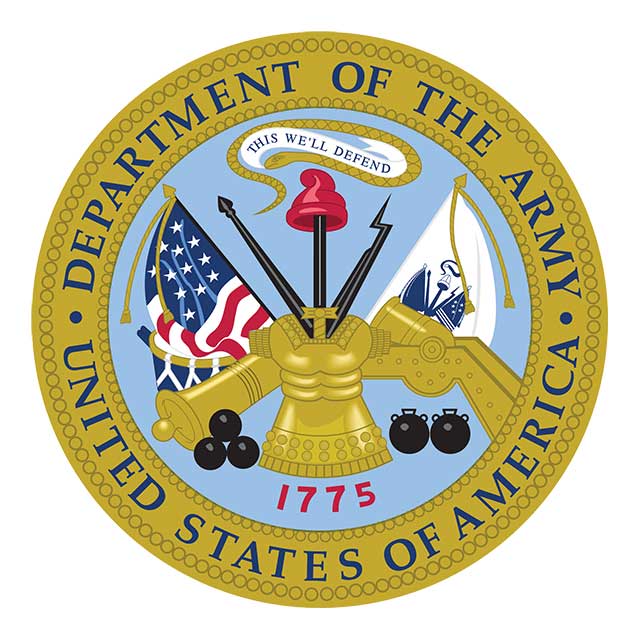Defect Sensitivity of Truss Strength
Abstract
Periodic trusses with missing or defective struts may exhibit reduced strength relative to those of otherwise pristine trusses. The principal goal of the present study is to determine the extent to which individual strut defects and free surfaces, both separately and together, elevate strains in neighboring struts and, in turn, the effects of strain elevations on truss strength, especially in trusses made from elastic-brittle materials. The goals are pursued through finite element analyses of three stretch-dominated truss structures with low relative density under uniaxial compressive loading. In all cases considered, strain elevations due to bulk defects (distant from free surfaces) are comparable to or lower than those associated with the surfaces themselves. Although defects located at truss corners and truss edges cause the highest elevations in strut strains, their effects on truss strength are small (5–25%). Guidelines are presented for the minimal tensile fracture strain of the constituent material required to achieve the full strength potential of the truss, dictated by large-scale strut buckling.



